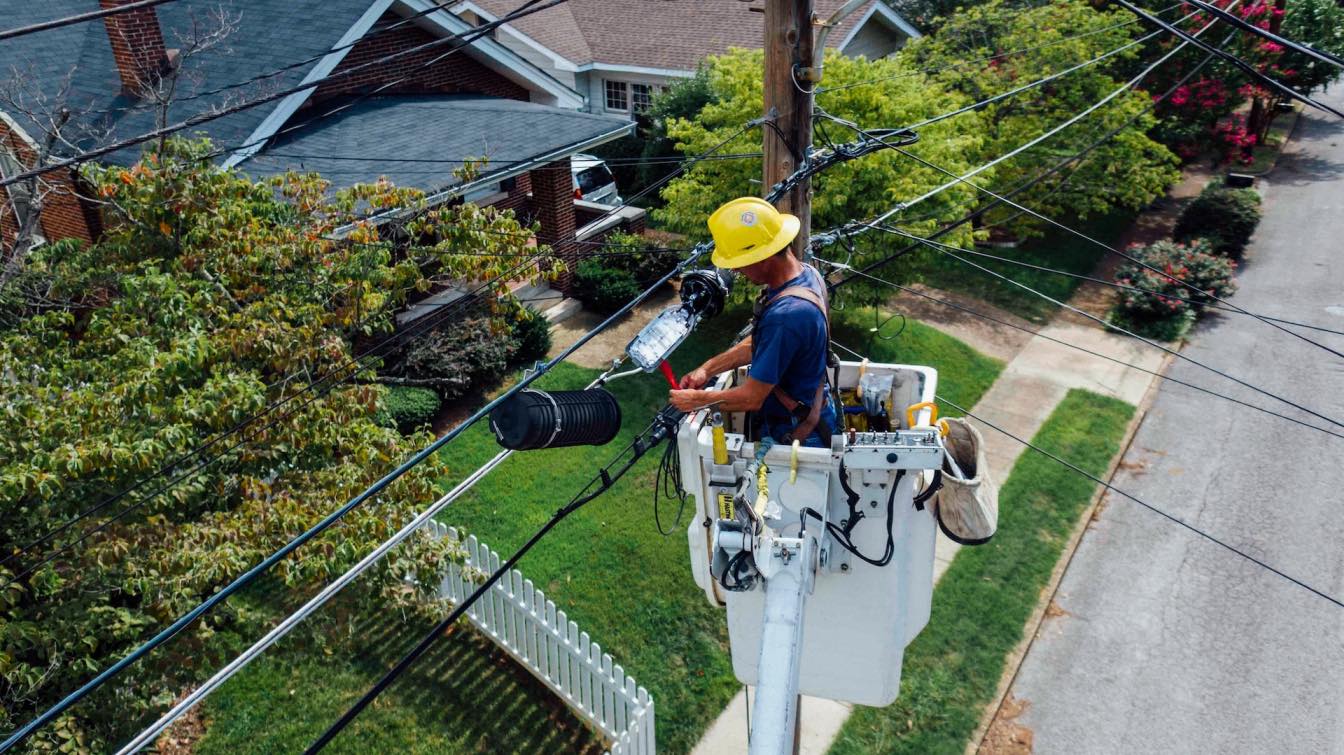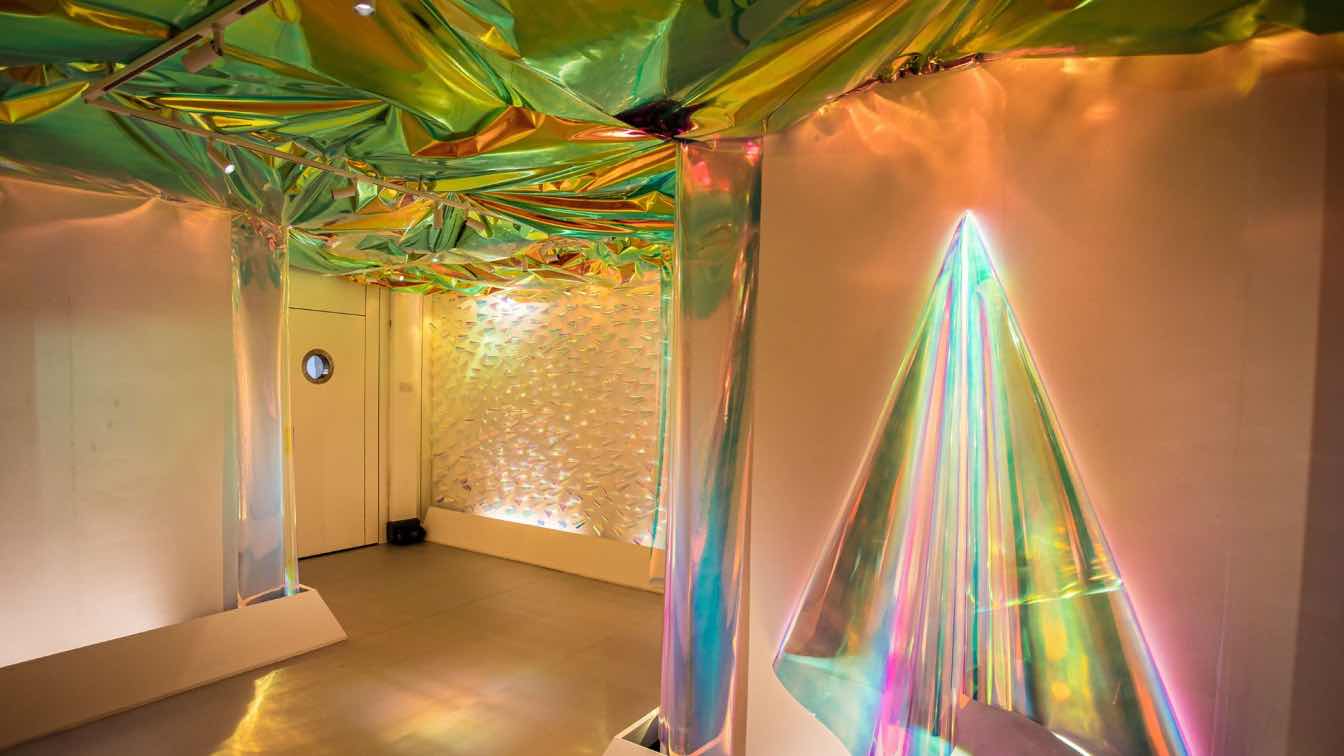87% of consumers are more likely to have a favorable opinion of brands and companies considering the environmental impact of their business operations.
Switching to greener and more sustainable building design can positively impact your brand and could save you on heating, lighting, and other costs.
What ways can you make your commercial building design greener and more sustainable? Read on to learn about how you can create and implement a sustainable building design.
5 Ways To Make Commercial Buildings Greener
There are endless innovative solutions to decrease a building’s carbon footprint in its architecture, installations, and layout. This section will cover the best ways to make commercial buildings greener in every step of the design process from access control to passive design.
Using Access Control To Lower Your Carbon Footprint
Building access control systems are a necessary component of any robust security strategy, but did you know that access control also has value in decreasing your company’s carbon footprint?
Access control is becoming an increasingly popular installation in building design and provides enhanced security with sustainability benefits. You can look for access control capabilities when finding office space for a business for an eco-conscious security strategy.
Linking Access Control With Building Management Systems
Smart building management allows buildings to use the internet of things (IoT) to control how their facilities operate. With building management systems, you can manage lighting, heating, and electricity usage to reduce energy waste.
When building management systems are integrated with access control, this can automate triggers that turn off and switch on lights, heating, and electricity. In this way, you can reduce the energy consumption in your building, creating a more cost-efficient design that reduces the overall carbon footprint of the building.
Integrate Mobile Credentials
Businesses are starting to move away from traditional plastic keycards in favor of mobile credentials. This provides a touchless method of entry, and it reduces the waste caused by the manufacture and disposal of plastic keycards. Mobile credentials allow mobile workers to gain access to your building without creating a new keycard.
Mobile workers and repair teams often rely on keys and keycards to gain access to sites. This means that their head office must hold a key to be collected and returned when workers need to visit that site. This adds to the mileage covered by these mobile workers. By installing access control with digital keycards, mobile workers can be easily granted access without collecting a key. This is just one of the many ways you can use access control to make commercial buildings greener.
Look For Certifications And Transparency
When evaluating which access control system is suitable for your building design, looking for certifications and transparency regarding the product’s environmental impact is key. Some certifications validate green building specifications, energy efficiency, and waste reduction. Some certifications to look for in your search for an access control product include:
- Zero Waste To Landfill Certification - this certification denotes the manufacturer’s effort to reuse and recycle materials and reduce the amount of waste sent to a landfill.
- GreenCircle - this certification validates that the product a company produces meets its promises on energy efficiency.
- Environmental Product Declaration - this is not a certificate but the declaration of the impact of the materials used to manufacture the product.
 One Central Park in Australia by Ateliers Jean Nouvel, image © Murray Fredericks
One Central Park in Australia by Ateliers Jean Nouvel, image © Murray Fredericks
Voltage Optimization
Electricity suppliers are required to provide voltage to buildings at predetermined parameters. This means that buildings can be supplied with energy at a higher voltage than needed, wasting energy, increasing the carbon footprint, and reducing the lifespan of electrical equipment.
A solution to this will help you reduce the voltage supplied to your commercial building - voltage optimization. You can implement voltage optimization in two ways:
- Static Voltage Reduction - this method involves optimizing the voltage supply at a set number and is recommended for use in buildings that do not experience significant fluctuations in power from the grid.
- Dynamic Voltage Reduction - this method ensures that voltage levels are not compromised due to fluctuations in the grid, providing savings by maintaining an optimal voltage level for the site.
Switching To A Renewable Energy Source
Switching to commercial onsite solar solutions makes it easy for your business to partially or fully use renewable and sustainable energy. By installing photovoltaic panels on roofs and unused spaces, solar power becomes a readily accessible, sustainable energy source, optimizing your building's efficiency.
Solar panels offer a practical solution to reduce energy bills and incorporate renewable energy into building design. Moreover, investing in solar technology can significantly enhance your company's green credentials, attracting environmentally conscious customers and stakeholders. Additionally, government incentives and tax benefits for solar installations can provide financial advantages to your business.
Optimizing Natural Light
If there isn’t an abundance of natural light in your commercial building, occupants will be forced to use electricity to provide ample light for operations. If natural light is considered during the design process, the building will be provided with enough light to reduce how often artificial light is used. Large windows and open-plan spaces allow light to flood in and permeate every area in the building, reducing lighting costs and the carbon footprint caused by using artificial lighting.
Architectural Designs For Heating Optimization
One of the significant factors of a building’s carbon footprint, in addition to lighting, is heating. By employing structural innovations that regulate the temperature inside the building, you can significantly reduce heating costs and the environmental impact of the building’s operation. Some architectural strategies for heating optimization include:
- Passive design - the passive design uses sunlight and wind as key components in heating, lighting, and cooling the building. When using passive design, architects must pay attention to the building’s location, orientation, size, and surroundings.
- Architectural films - architectural films can be applied to the windows of a building to provide protection from UV rays and prevent heat from entering the building and disrupting the internal temperature. These films are an excellent alternative to window replacements that would require significantly more new materials.
Summary
When it comes to designing a green and sustainable building, there are many innovative solutions to consider. You can implement these solutions in the structural design process or after construction to alter the carbon output of the building. Building design can be an integral part of moving towards a sustainable future with these options.





